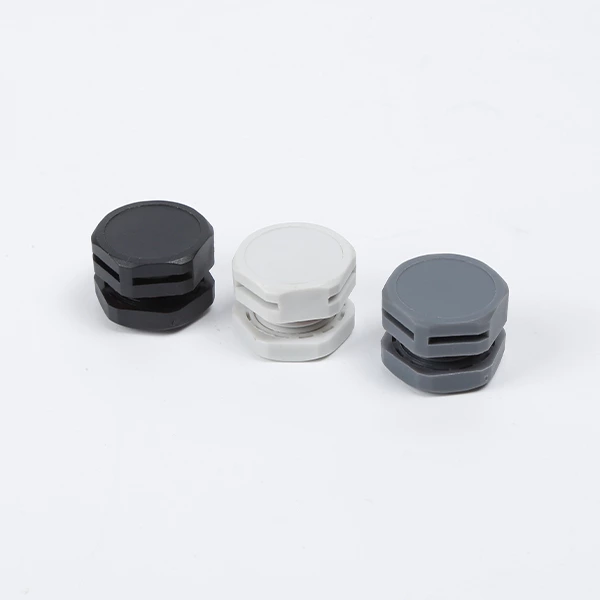Are Cable Waterproof Connectors Really Waterproof? The Answer Is Yes!
In modern society, cables and wires are an important part of power transmission and communication. However, cables and wires often need to be used in humid, rainy or diving environments, which requires effective Nylon Cable Gland to protect the lines from moisture. So is this connector really waterproof? Antell technicians said the answer is yes!
Working principle
The working principle of this type of connector is based on waterproof sealing technology. They are designed to ensure a tight seal between the part where the cable enters the connector and the external environment, thereby effectively preventing moisture, humidity or other liquids from entering the cable. The following are its main components and working principles:
Housing: This connector is usually made of stainless steel or other corrosion-resistant materials. The main function of the housing is to provide mechanical protection and ensure the structural stability of the connector.
Sealing gasket: The inside of the connector usually contains a sealing gasket or sealing ring, which is located around the cable insertion port. The sealing gasket is usually made of elastic materials such as rubber or silicone. When the cable is inserted into the connector, the sealing gasket tightly wraps the cable to prevent moisture from penetrating.
Is the cable waterproof connector really waterproof? The answer is yes!
Threads or clamps: Cable waterproof joints usually have threads or clamps to hold the two parts of the joint tightly together. This helps ensure that the gasket maintains a tight seal.
Sealing lubricant: Some joints may use sealing lubricants during assembly to improve sealing performance and prevent aging and hardening of the gasket.
Waterproof performance
The waterproof performance of cable waterproof joints mainly depends on its gasket and design. The following are the key factors that affect waterproof performance:
Fastening method: The fastening method of the joint will also affect the waterproof performance. The threads or clamps must be able to tightly connect the two parts of the joint to ensure that the gasket is not squeezed or displaced.
Sealing lubricant: Using appropriate sealing lubricants can improve sealing performance and ensure the long-term durability of the gasket.
Sealing material: The material of the gasket is crucial. Generally, rubber and silicone gaskets have good sealing performance and can effectively resist the penetration of water and moisture. The sealing material must be elastic enough to ensure that it can still maintain a sealed state under different temperature and environmental conditions.
Design quality: The design quality of the joint is crucial to waterproof performance. Reasonable design can reduce the chance of moisture intrusion, such as using an inclined insertion design to prevent moisture from directly entering the connector.
Although cable waterproof connectors perform well in a variety of applications, their waterproof performance still depends on the quality of the sealing material and the rationality of the design. Therefore, when selecting and using such connectors, it is necessary to carefully consider their performance and characteristics according to the requirements of the specific application to ensure that the cable can work safely and reliably in harsh environments.

 English
English اللغة العربية
اللغة العربية Español
Español Français
Français Português
Português Русский
Русский